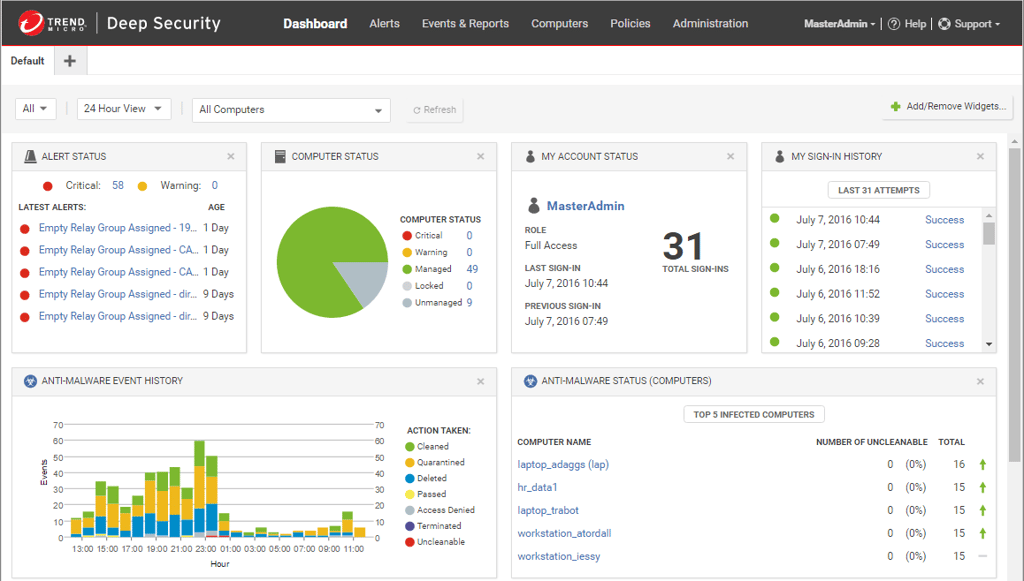
Data Loss Prevention: 5 Reasons You Need to Step Up Your Game

Shadow IT is happening in your company, and it is causing serious security problems. My IT Business Edge colleague Arthur Cole reported on a recent Cisco study that found that CIOs really are in the dark when it comes to shadow IT, with the use of the forbidden apps 15-20 higher than anticipated:
On average, the report states, IT departments estimate their companies utilize about 50 cloud services while in fact the number is 730. And the discrepancy between reality and perception is growing quickly: One year ago, it was 7x, within six months it had jumped to 10x. At this rate, the number of shadow apps could top 1,000 for the average enterprise by the end of the year.
So, we know that employees are turning to shadow IT and we know that it is a serious security risk. That leaves the most important question: Why? What’s happening in the work place that has employees going rogue with their applications?
Alfresco Software looked at this very shadow IT issue and recently released the findings in a new study. In a nutshell, employees don’t feel that they are getting adequate support when it comes to technology. Nearly 60 percent say they aren’t happy with the tools they are provided within the workplace. Younger workers, the so-called millennials, are even less satisfied with in-house tech offerings. This is the generation who grew up online, and they are used to collaborating with others using a variety of technologies. They are going to use what they like, and – here’s the worrisome part of this study – they don’t consider the security risks involved.
Part of the problem is that younger members of the workforce approach collaboration tools differently from their more seasoned counterparts. As Help-Net Security pointed out from the survey results, 47 percent of millennials prefer tools like chat and messaging applications, compared to 36 percent of baby boomers. A similar percentage of younger adults want to work online, while only a quarter of baby boomers prefer this option as opposed to in-person meetings.
It’s clear there is a serious tech divide, especially in how younger and older workers approach collaboration. And if the Cisco study is any indication, it appears that technology continues to favor the older edge of the workforce. The real loser in all of this is the data and sensitive information that is put at risk when workers do their own thing without IT’s approval.
Sue Marquette Poremba has been writing about network security since 2008. In addition to her coverage of security issues for IT Business Edge, her security articles have been published at various sites such as Forbes, Midsize Insider and Tom’s Guide. You can reach Sue via Twitter: @sueporemba









